In today’s competitive oral-care market, electric toothbrush brands are pushing to deliver superior user experience through thoughtful ergonomics. As brands search for the right manufacturing partner, understanding the fundamentals of toothbrush shape optimization becomes essential. This OEM guide outlines six critical considerations for achieving ideal grip design and high maneuverability, helping you collaborate effectively with your factory or OEM manufacturer.
The starting point for any electric toothbrush project is a deep understanding of user habits. How people hold a toothbrush, the angle at which they brush, and the amount of pressure they apply will all influence overall shape optimization. Manufacturers with ergonomic testing capabilities can help brands match form with human behavior.
Handle geometry plays a central role in grip design. Whether your audience prefers a slim, lightweight handle or a thicker, more stable grip, the manufacturer must be able to translate these insights into precise molds and surface treatments. A well-designed handle reduces hand fatigue and enhances brushing confidence.
A toothbrush may look sleek but still feel awkward if the internal components are unbalanced. Battery placement, motor size, and PCB layout all affect maneuverability. OEM engineers can strategically distribute weight so that the brush feels natural during 360-degree movement inside the mouth.
Surface textures, silicone strips, and micro-patterned finishes all contribute to safer, more comfortable handling. These anti-slip features are an essential part of toothbrush shape optimization, especially for wet environments. Experienced manufacturers can suggest the best material combinations to maintain durability without compromising comfort.
The transition from handle to brush head must be carefully designed. The length, angle, and flexibility of the neck influence precision and reach—critical for overall maneuverability. OEM partners often run stress tests and simulation modeling to ensure the final structure supports long-term reliability.https://www.powsmart.com/
Finally, the most successful brands rely on rapid prototyping. By testing different shapes early—whether variations in grip thickness or head angles—brands can collaboratively refine designs with their manufacturing partner. This step ensures the final product meets both user expectations and engineering feasibility.
Effective toothbrush shape optimization isn’t just about aesthetics—it’s about delivering a superior brushing experience. By following this OEM guide, brand owners can work more closely with manufacturers to achieve the ideal balance of grip design and maneuverability, ultimately bringing a refined, user-centered electric toothbrush to market.
personalized electric toothbrush OEM
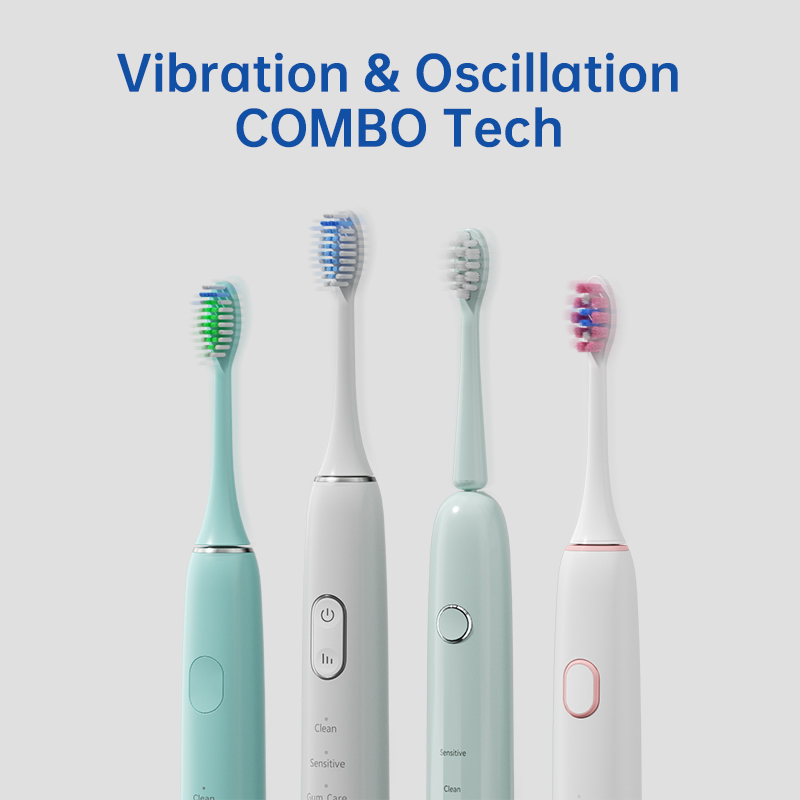
How Can a Sonic Toothbrush Manufacturer Collaborate on Portable Water Flosser Designs for Travel-Friendly Oral Care?
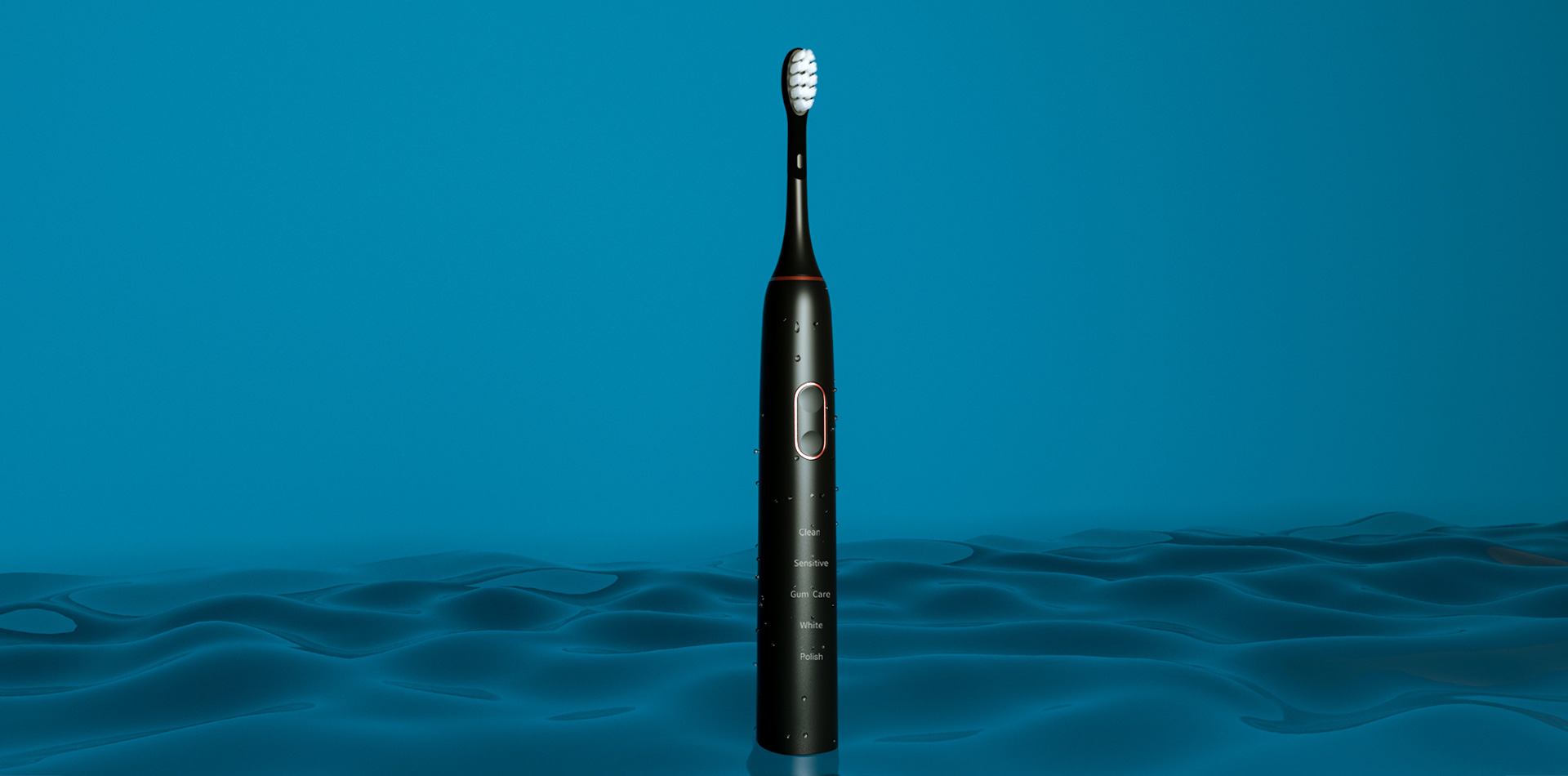
Toothbrush Business Profitability: How OEM Partnerships Maximize Your ROI
Electric Toothbrush vs Normal: Unveiling the Superior Choice for Your Brand
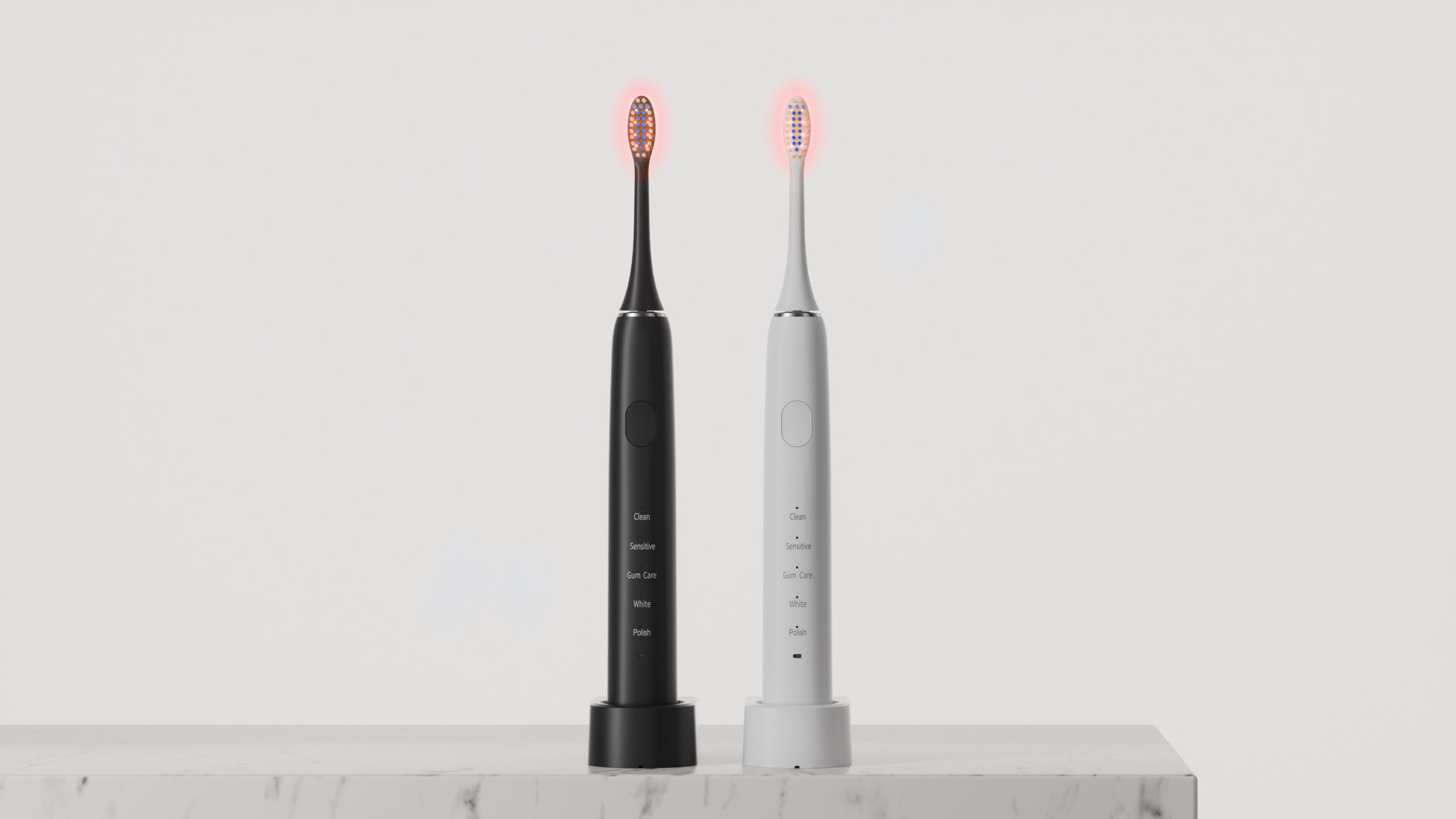
Secrets of Electric Toothbrush Combined with LEDs
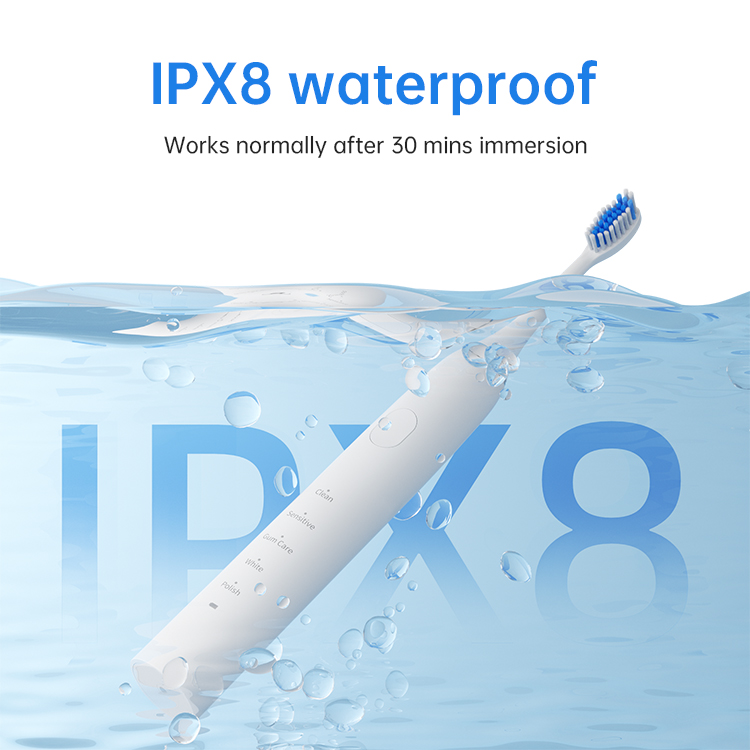
Refining Your Toothbrush Sourcing Strategy?
Water Flosser with UV Sanitizer ODM | Smart Oral Care Solutions
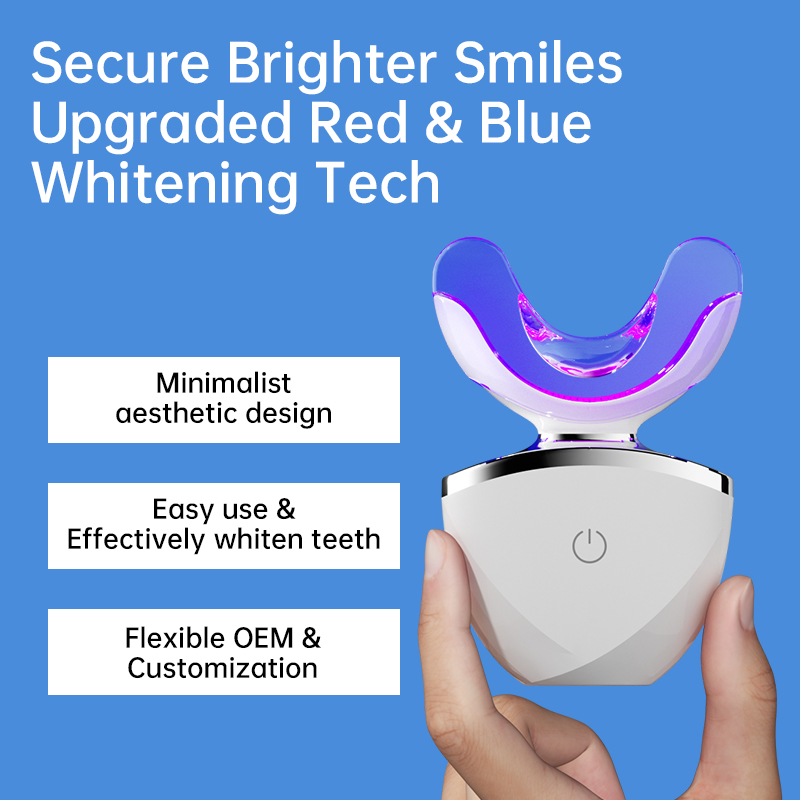
How Long Should I Use Blue Light on My Teeth? OEM Manufacturer’s Guide
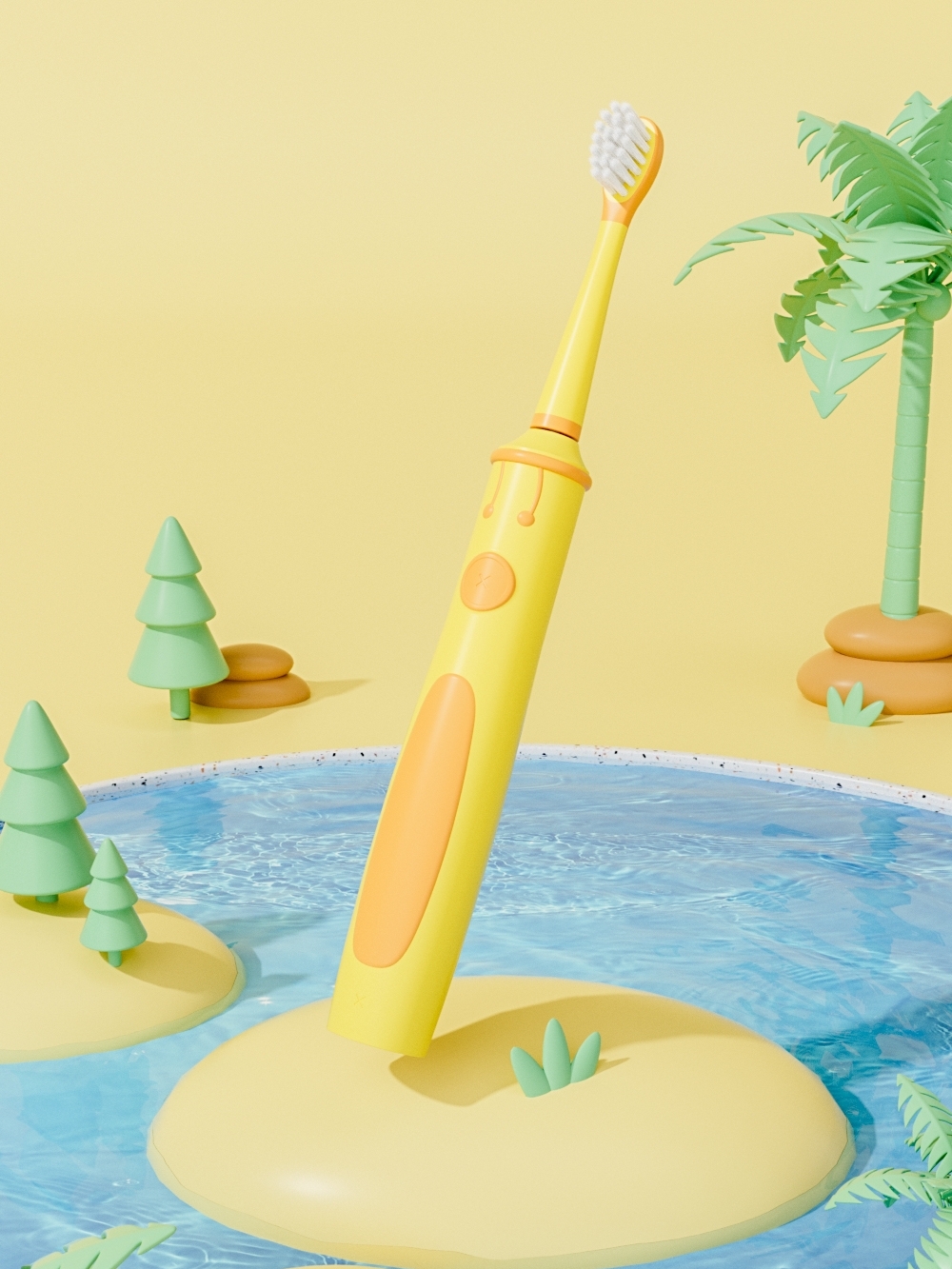
Finding the Right Kids’ Toothbrush: An OEM Guide to U-Shaped vs. Sonic Options
compact travel electric toothbrush bulk
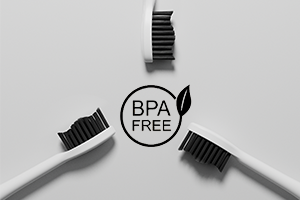
The Secret Behind Japanese Toothbrushes’ Softness & Its Global OEM Appeal
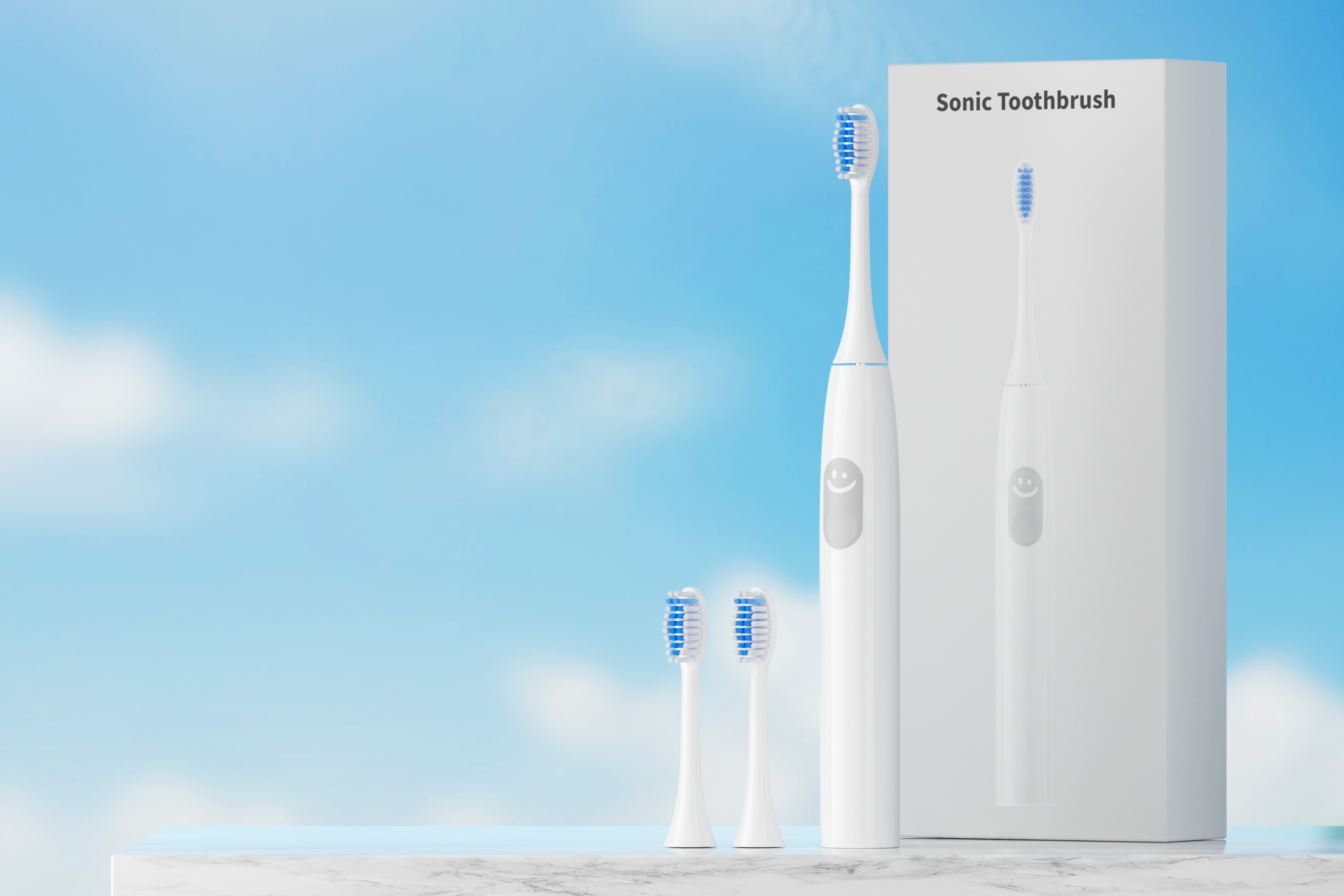
Why Partner with Water Flosser Nozzle Production Experts and Water Flosser Pump Suppliers?
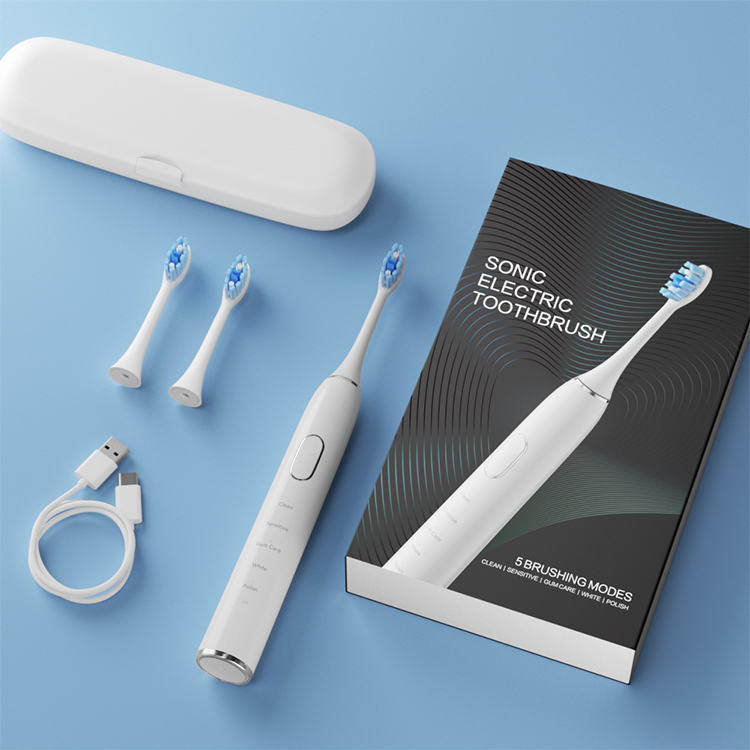
Can You Replace a New Battery in an Electric Toothbrush by Yourself?
.jpg)
Are Water Flosser Packaging Solutions Key to Secure Water Flosser Export Packaging?
Smart Toothbrush with Bluetooth Bulk | Connected Oral Care for B2B Clients

Defining Effective Electric Toothbrush Design for Modern OEM Brands

electric toothbrush heads Regular Clean

electric toothbrush heads Charcoal Infuse-Round
.jpg)
Florida Electric Toothbrush – Powsmart PTR-C8

Customization Teeth Whitening Gel

electric toothbrush heads Deep Clean

Private Label Whitening Gel

Electric toothbrush heads Charcoal Infused-Diamond

electric toothbrush heads Ultra Soft
whstapp
whstapp
National Toll-Free Service Hotline
+86 755 86238638